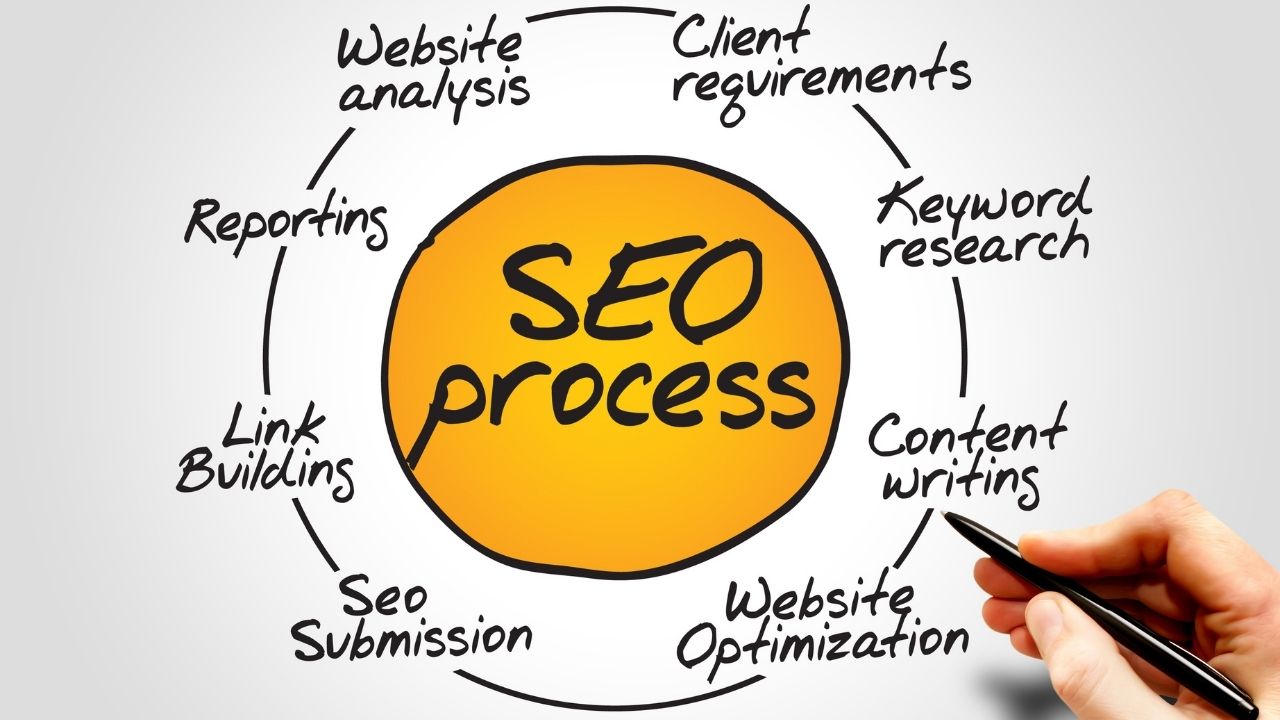
There are several types of backlinking software. Here are the most popular: Check My Links, Scrapebox, Moz Pro, LinkAssistant, and Semantic Explorer. These tools allow you to analyze the strength and popularity of your links, as well as help you build link popularity. You can also integrate your link building efforts with content marketing and SEO with these software programs. You should be aware of a few things before you make an investment in a backlinking software.
LinkAssistant
LinkAssistant scans websites for potential partners. The software will then generate a list that it considers to be potential partners by entering keywords relevant for your business. After that, you can reach out to the websites you are interested in partnering with and mark them as such. If you'd rather manually find link partners, you can add them to a "blacklist."
Check my Links
To track your link building efforts, there are many free tools that you can use. Google Analytics and Moz provide great options to monitor your link building efforts. These tools can help you identify and check the quality of your backlinks. They can help you identify and monitor the strategies of your competition in link building. Let's take a closer look at three free tools you can use to monitor your links.

Moz Pro
Moz Pro offers backlinking tools and a platform for SEO. This software tracks your inbound efforts and shows you which content is generating the most traffic. The software includes comprehensive toolsets for search engine optimization such as rank tracking and link opportunities, site audit, prospective keywords analysis, crawl testing, and site audit. It does not have the essential tools you need to manage your links outreach. Although it has many positive aspects, some users may wish to consider other options when it comes backlinking.
Scrapebox
The scraping tool, which is popular in SEO, has many whitehat add-ons. It is used by major SEO marketing companies and has even been featured on marketing events. Despite its reputation, it is used for a wide range activities, including black hat. It is still an ongoing work in progress, despite the many uses it has. If you're new to the tool, here are some things you need to know.
Ontolo
The Ontolo Backlinking Software is a tool for link building that can generate thousands of backlinks to your website. To determine which sites to link to and prospect, the software follows a set of key phases. While broad keywords might yield results that are not specific enough to be useful, specialized key phase can help you identify potential link partners. The software's advanced search capabilities allow it to retrieve results form over 50,000 potential links partners. Ontolo backlinking software is available as either a single-user package or an agency package depending on how many backlinks are required.

FAQ
How long does SEO take traffic to build?
Traffic generation through SEO usually takes 3-4 months. But, this depends on many factors, including:
-
Site content (quality)
-
Backlinks
-
Targeted keywords
-
Competitor rankings etc.
SEMrush is a great tool for beginners who want to quickly generate results. They offer a powerful platform that will let you monitor all aspects your SEO campaign. This includes competitor research, backlink profile analysis, top pages, local listings and organic traffic stats.
How often is SEO needed?
You don't necessarily have to carry out SEO campaigns every day if you manage your links correctly. If you stop maintaining links and rely exclusively on organic traffic for your business, it could be costly.
Generally speaking, monthly SEO updates are recommended for small businesses. If you are a larger company, it may be necessary to update your SEO every quarter.
What are the differences between SEO strategies?
There are many types of SEO strategies, such as search engine optimization or social media optimization (SEO), or pay-per–click advertising (PPC).
SEO allows you to optimize content for specific keywords by using text formatting and HTML code.
This will ensure that your site ranks higher in search results pages.
Social media optimization (SMO), on the other hand, is optimizing your website to be seen on social networks like Twitter, Facebook and Google+.
These will help build your brand online and make it more popular with visitors who are searching for related subjects.
PPC ads, which show relevant products and services, appear at search engine results pages' top.
Advertisements on Google paid searches are the most popular type of PPC advertising. These ads cost money, but are extremely effective.
There are many other types of PPC advertising, including video ads, display ads and sponsored posts.
How much does SEO cost?
SEO is a long-term investment so you won't see immediate returns. However, it's important to remember that the more people find your site, the more likely it is to rank higher in search engines.
Many factors go into determining the price of each service, such as keyword competitiveness, location, audience size, and competition.
Statistics
- Which led to a 70.43% boost in search engine traffic compared to the old version of the post: (backlinko.com)
- If two people in 10 clicks go to your site as a result, that is a 20% CTR. (semrush.com)
- : You might have read about the time that I used The Content Relaunch to boost my organic traffic by 260.7%: (backlinko.com)
- And 90%+ of these backlinks cite a specific stat from my post: (backlinko.com)
- Sean isn't alone… Blogger James Pearson recently axed hundreds of blog posts from his site… and his organic traffic increased by 30%: (backlinko.com)
External Links
How To
How important SEO off-page is
You should have an optimized site for all major search engines such as Google, Bing & Yahoo!.
While site optimization is important, there are other aspects to optimize your website. These include but not be limited to:
-
How does your site look (does it load quickly?)
-
Quality and quantity of content
-
Social media presence
-
Links back to your website
When optimizing your website, there are many things you should consider. You'll notice huge increases in traffic and rankings if these things are done correctly.
What is a Link-Building Strategy? How does it work What are the pros and cons?
Here we explain a link-building strategy, how it works and what benefits it can bring to your website or brand.
-
1. Why do I need link-building strategies?
Link-building has been shown to be one of most effective ways to increase page rankings and traffic. Most businesses don't realize this, however, until they start working on creating a plan to build links and boost their ranking. You can read on to find out why.
-
What is a link building strategy and how can it benefit my business?
A link building strategy is basically a way to create links from different sites and directories to yours. It involves contacting relevant website owners and asking them to include a link back. There are two types of link building strategies: "outreach" and "content marketing." Outreach is generally done manually while content marketing is automated using software. Both methods take some planning and time. They can yield great results over time. Let's discuss each method in detail.
-
What are the benefits of a link-building strategy?
The biggest advantage to a solid link building strategy is the ability to gain more exposure by reaching out to people already trusted. This will mean that you don't have spend so much time trying convince people your company deserves to be linked to. This will help you save time and effort.
-
Are there any disadvantages of a link building strategy too?
The biggest disadvantage to a link-building strategy is the fact that you need to have enough authority before you try to pitch yourself. You will need to prove to potential partners that you have something valuable to offer them. Before you pitch other companies, make sure you find out if they are actually interested in being partners with you.
-
How do I choose a link building strategy? What is better: outreach or content? This will depend on the type and nature of relationships you are looking to establish with different companies. One example is outreach to B2B clients. This gives you the chance to meet new clients and build trust. To promote sales and create leads, you can also use content market if your goal is to form a partnership.
-
What are the key factors to consider when selecting a link-building strategy? Is there something else I should be aware of?
Here are some considerations when selecting a link building strategy.
Who are you targeting. The type of site you pitch will depend on your niche.
Do your products sell online? In that case, you may want to target blogs about fashion and beauty. You can also target local directories like Yelp and Citysearch if you're selling services.
What is your goal? You need to choose a strategy that targets high-quality links if you want to improve your SEO rankings. If you don't, you'll just be spreading low quality link around.
What does your budget allow? People think they can do both content marketing and outreach simultaneously, but that is not the case.
It is impossible to do more than one thing at once. Blog articles cannot be written and posted all day.
-
Where do I begin my link building strategy.
Before you start a link-building program, decide how much of your time and money. Start small to see where you can take your efforts. Once you figure out which link building strategy works best for your business, you can scale up your efforts.